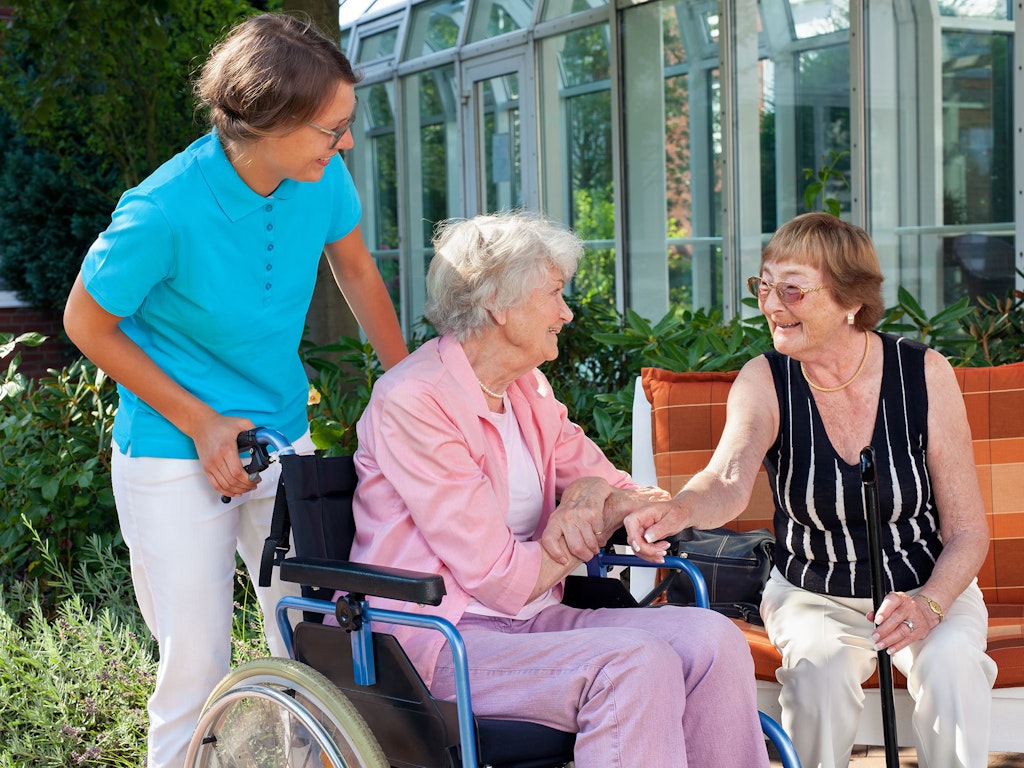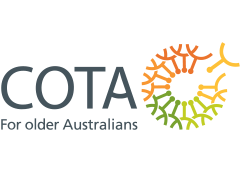Supported Residential Services and Facilities (SRS/SRF)
Privately owned businesses can provide accommodation and care for residents similar to residential aged care but on a fee basis.

(Source: Shutterstock)
Key points:
- Supported Residential Services and Facilities do not fall under the Aged Care Act of 1997 and are regulated differently
- There are no assessments necessary to move into a SRS or SRF
- You are still able to access some Government funded home care services as long as your SRS/SRF doesn’t provide it to you already
These are called Supported Residential Services (SRS) and Supported Residential Facilities (SRF). SRF only operate in South Australia, while in other states they are known as SRS.
Supported Residential Services and Facilities are not Government funded and don’t fall under the Aged Care Act of 1997. This also means you don’t need an Aged Care Assessment Service/Team assessment to access care at an SRS or SRF.
Residents in these housing arrangements can vary with some SRS/SRF offering specific care for older residents but it can also be mixed with people living with a disability or mental illness, young and old.
SRS and SRF range from small sites accommodating as few as five people to larger facilities with up to 80 residents and they are monitored to ensure they provide certain standards of care and accommodation.
SRS and SRF are required to provide services that respect the rights of residents, safely administer medications, provide well-balanced meals and a safe home-like environment.
The care they provide usually includes assistance with:
- showering
- personal hygiene
- toileting
- dressing
- meals and medication
- physical and emotional support
Some SRS/SRF also provide nursing or allied health services.
The fees, standards and services vary, so it is important to look at as many as possible to ensure you find the one that best suits your needs in terms of level of care and services.
There must be at least one staff member for every 30 residents, extra staff to provide adequate levels of care for residents, and sufficient staff (at least one) on-site overnight to respond to the resident’s care needs and to ensure the safety of residents.
SRS and SRF are able to set their own fees and charges. The range of fees can be anywhere from about 85 percent of the pension to $1,000 per week or more. Before choosing an SRS or SRF, make sure you understand all the fees and charges that apply.

What services are available?
While SRS/SRF do not receive direct government funding, you can access some government-funded services and community services.
These services may include allied health, mental health, disability services, veterans’ affairs and neighbourhood houses. You may be assisted to go to government-funded services or the service may visit you at the SRS/SRF.
However, if you live in an SRS/SRF, you will not be eligible for home support services that are already provided by the SRS/SRF, such as delivered meals, home care, home maintenance and personal care. You may be eligible for other services such as home nursing, social support and allied health.
The SRS/SRF manager or personal care coordinator will know how to access these services or you can ask your local council or community health service.
Respite care
Most SRS and SRF provide respite care, either short term or long term. You will be charged directly by the provider and do not need a formal assessment by the Aged Care Assessment Service/Team to access respite.
What to look for in an SRS/SRF
A good SRS/SRF:
- Provides for your needs
- Respects your individuality
- Promotes your independence
- Provides a supportive environment for you, your family and friends
- Invites input from residents, family and friends about the care and services they receive
- Uses current practices to care for and support residents
Information for prospective residents
SRS/SRF are required by regulations to give you written information about:
- Type of services provided
- Objectives and philosophies of the service
- The number of residents at the service
- Goods and services offered to residents and the costs of these
- How and when changes to services, fees and charges will be notified
- Services available to residents from outside the SRS
- Times of routines, such as meal times
- Complaints procedures
- Options for managing resident’s financial and legal affairs
Source: Victorian Government, Department of Human Services.
Why do you believe a SRS or SRF is better for you? Tell us in the comments below.
Related content
Applying to nursing homes
Urgent admission into aged care
Respite care



![Older woman getting a referral. [Source: Shutterstock]](https://agedcareguide-assets.imgix.net/news/articles/wp/info-article-assessment.jpg?fm=pjpg&w=162&h=124&q=80)
![Making the move into a nursing home is a big decision and it can take time to find a nursing facility that feels like home. [Source: iStock]](https://agedcareguide-assets.imgix.net/news/articles/wp/Deciding-on-a-home-22_9_2020.jpg?fm=pjpg&w=162&h=124&q=80)
![There are times when gender-specific aged care may be your best option to ensure you receive quality care. [Source: Shutterstock]](https://agedcareguide-assets.imgix.net/news/articles/wp/20_1_23_ACG_mfagedcare.jpg?fm=pjpg&w=162&h=124&q=80)
![If you’re after government-funded support, you’ll need to be assessed. [Source: iStock]](https://agedcareguide-assets.imgix.net/news/articles/wp/ACATACAS__3010.jpg?fm=pjpg&w=162&h=124&q=80)
![Learning about how much it may cost you to receive aged care will help you to refine your fiscal planning. [Source: iStock]](https://agedcareguide-assets.imgix.net/news/articles/wp/nursinghomecosts__111.jpg?fm=pjpg&w=162&h=124&q=80)


